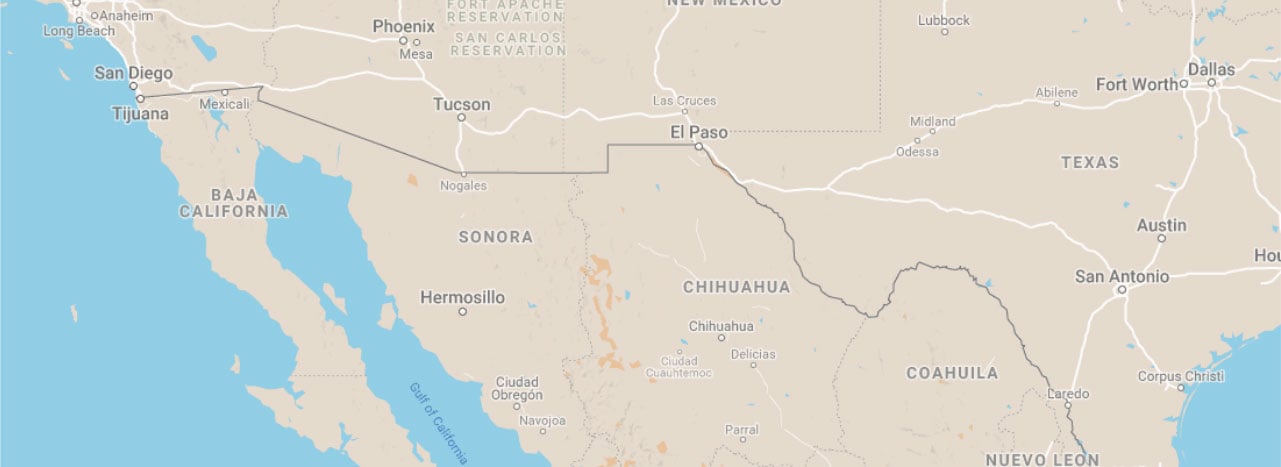Westmorland, California, USA
Westmorland, California, USAWastewater Treatment Plant Expansion for the City of Westmorland, California
Project Status: Completed

General Information
Sector
Wastewater
Sponsor
City of Westmorland
Benefited population
2300
Certification date
August 11, 1999
Financing
Project cost
US 4.41 million
NADBank Funds
US 1.78 million - NADBank Grant: BEIF
Related documents
Background
The city of Westmorland owns and operates a wastewater treatment plant constructed in 1985 with an average daily flow capacity of 375,000 gallons per day (gpd). The plant provides secondary treatment by means of two aeration basins followed by four stabilization ponds. The treated effluent is discharged into an agricultural drain that flows into the New
River, a tributary of the Salton Sea.
In recent years, the plant had experienced problems with seepage of untreated wastewater from the existing ponds and the influent pump had deteriorated with age to the point that it was no longer reliable. In addition, the treatment system lacked the disinfection facilities required under its operating permit.
Description
To correct these deficiencies and bring the plant into compliance with state water quality and health regulations, the city undertook a project to upgrade and expand the plant. Major components of the project included:
- Expanding treatment capacity from 375,000 to 500,000 gpd.
- Replacing the existing treatment ponds with an extended aeration
oxidation ditch. - Incorporating secondary clarification, effluent disinfection and
sludge handling processes into the treatment system.
Benefits
Improvements in the wastewater treatment system corrected deficiencies in the system thereby bringing the plant into compliance with state regulations, as well as reducing the likelihood of contamination and disease transmission from untreated wastewater seepage and spills. System expansion will also ensure sufficient treatment capacity for the
next 15 years.